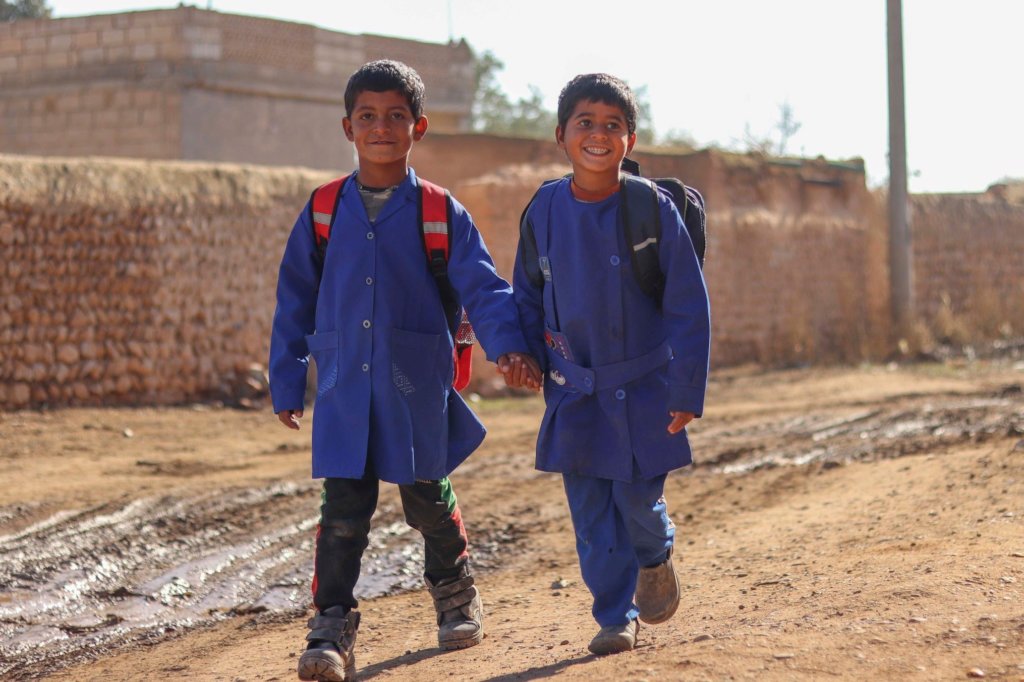By Whitney Simon | Manager, Global Cause Partnerships
Dear Friend,
In 2020, children continue to bear the brunt of the nearly ten-year conflict in the Syrian Arab Republic, as it remains the largest displacement crisis in the world. Needs across the country remain extensive, with more than 11 million people (5 million children) requiring humanitarian assistance, including 6.2 million people internally displaced (2.5 million children).
Displaced populations and returnees, particularly in North East and North West Syria, are vulnerable to outbreaks of infectious diseases, including COVID-19, due to unsanitary living conditions, overstretched health services and low coverage of routine immunization. More than nine years of conflict have dramatically reduced access to basic social services, while violations against children are believed to be escalating.
Every year since 2013, around one-third of school-age children and youth in Syria have been out of school and a whole generation of children and youth has received inadequate education. Those children who do enroll might not be easily retained due to the quality of the education services provided.
Since March 2020, COVID-19 has posed additional operational challenges for education in Syria. Preventative measures taken by the Government of Syria – including the closure of schools and learning centers, the postponement of formal education, limitations on movement between governorates within Syria and the closing of international borders - had a significant impact on UNICEF’s ability to deliver education activities. In addition, there were many secondary factors that posed challenges: limited access to reliable real-time information in a conflict setting heightened the risk of misinformation and fear related to COVID-19, making the resumption of educational activities all the more difficult. In response, UNICEF has scaled up investment in communication campaigns to improve the quality of information available about COVID-19 prevention measures.
Since the beginning of this program in 2018, UNICEF and partners have reached 324,020 out-of-school children in Syria newly enrolled through the Self-Learning Program and Curriculum B, providing children without access to education with a pathway to learning and opening up a lifetime of possibilities. As a result of your generosity, UNICEF and partners accomplished the following results in the first half of 2020, despite the closure of schools and learning centers due to the COVID-19 pandemic:
In the final year of the program, UNICEF and partners plan to meet the enrollment target of 366,286 out-of-school children and reach children with learning materials, classes and support services, while deepening work with government and other stakeholders to increase access to education in Syria. Now that program infrastructure has been built and partnerships have been solidified, the program will build on momentum gained in the first two-and-a-half years to increase reach and bring children back to learning.
On behalf of our field colleagues throughout Syria and the region, and the thousands of out-of-school children who are benefitting from your support, we thank you.
In Partnership,
Whitney Simon
Project reports on GlobalGiving are posted directly to globalgiving.org by Project Leaders as they are completed, generally every 3-4 months. To protect the integrity of these documents, GlobalGiving does not alter them; therefore you may find some language or formatting issues.
If you donate to this project or have donated to this project, you can receive an email when this project posts a report. You can also subscribe for reports without donating.
